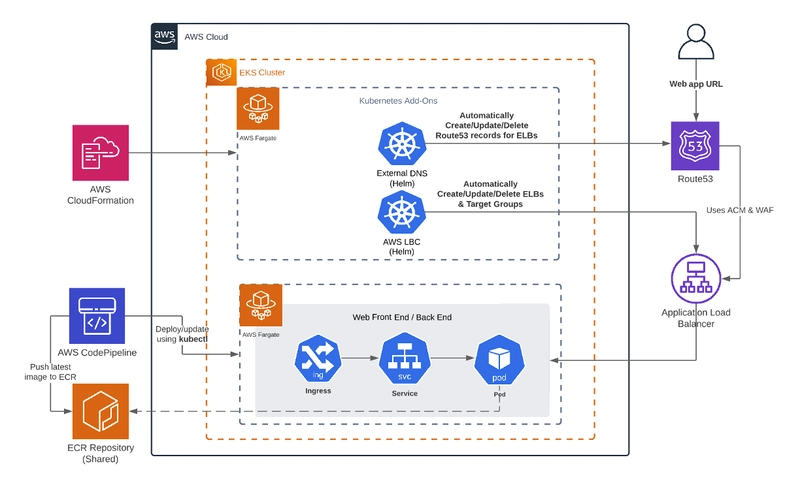Understanding .map() vs .flat_map() in Rust with a Simple Analogy
Understanding .map() vs .flat_map() in Rust with a Simple Analogy Different between .map() and .flat_map() in RUST fn main() { let numbers = vec![1, 2, 3]; // Using `map()` let mapped: Vec = numbers.iter().map(|&n| vec![n, n * 10]).collect(); println!("{:?}", mapped); // [[1, 10], [2, 20], [3, 30]] // Using `flat_map()` let flat_mapped: Vec = numbers.iter().flat_map(|&n| vec![n, n * 10]).collect(); println!("{:?}", flat_mapped); // [1, 10, 2, 20, 3, 30] } .map(): Each item stays in its own package (nested boxes) Imagine you order 3 items, and the delivery guy wraps each item separately inside its own package. .flat_map(): The delivery guy removes extra boxes (flattens them) Instead of putting each item in a separate box, he puts everything in one big box—no extra packaging! Use .map() when you still want to keep items separate (nested lists). Use .flat_map() when you want to merge everything into one (remove nesting). PICTUTRE FOR MORE DETAILS

Understanding .map() vs .flat_map() in Rust with a Simple Analogy
Different between .map() and .flat_map() in RUST
fn main() {
let numbers = vec![1, 2, 3];
// Using `map()`
let mapped: Vec> = numbers.iter().map(|&n| vec![n, n * 10]).collect();
println!("{:?}", mapped); // [[1, 10], [2, 20], [3, 30]]
// Using `flat_map()`
let flat_mapped: Vec = numbers.iter().flat_map(|&n| vec![n, n * 10]).collect();
println!("{:?}", flat_mapped); // [1, 10, 2, 20, 3, 30]
}
.map(): Each item stays in its own package (nested boxes)
Imagine you order 3 items, and the delivery guy wraps each item separately inside its own package.
.flat_map(): The delivery guy removes extra boxes (flattens them)
Instead of putting each item in a separate box, he puts everything in one big box—no extra packaging!
Use .map() when you still want to keep items separate (nested lists).
Use .flat_map() when you want to merge everything into one (remove nesting).
PICTUTRE FOR MORE DETAILS










































































































































































![[The AI Show Episode 142]: ChatGPT’s New Image Generator, Studio Ghibli Craze and Backlash, Gemini 2.5, OpenAI Academy, 4o Updates, Vibe Marketing & xAI Acquires X](https://www.marketingaiinstitute.com/hubfs/ep%20142%20cover.png)



























































































































![[FREE EBOOKS] The Kubernetes Bible, The Ultimate Linux Shell Scripting Guide & Four More Best Selling Titles](https://www.javacodegeeks.com/wp-content/uploads/2012/12/jcg-logo.jpg)



![From drop-out to software architect with Jason Lengstorf [Podcast #167]](https://cdn.hashnode.com/res/hashnode/image/upload/v1743796461357/f3d19cd7-e6f5-4d7c-8bfc-eb974bc8da68.png?#)






































































































.png?#)




.jpg?#)































_Christophe_Coat_Alamy.jpg?#)








































































































![Rapidus in Talks With Apple as It Accelerates Toward 2nm Chip Production [Report]](https://www.iclarified.com/images/news/96937/96937/96937-640.jpg)










































































































































